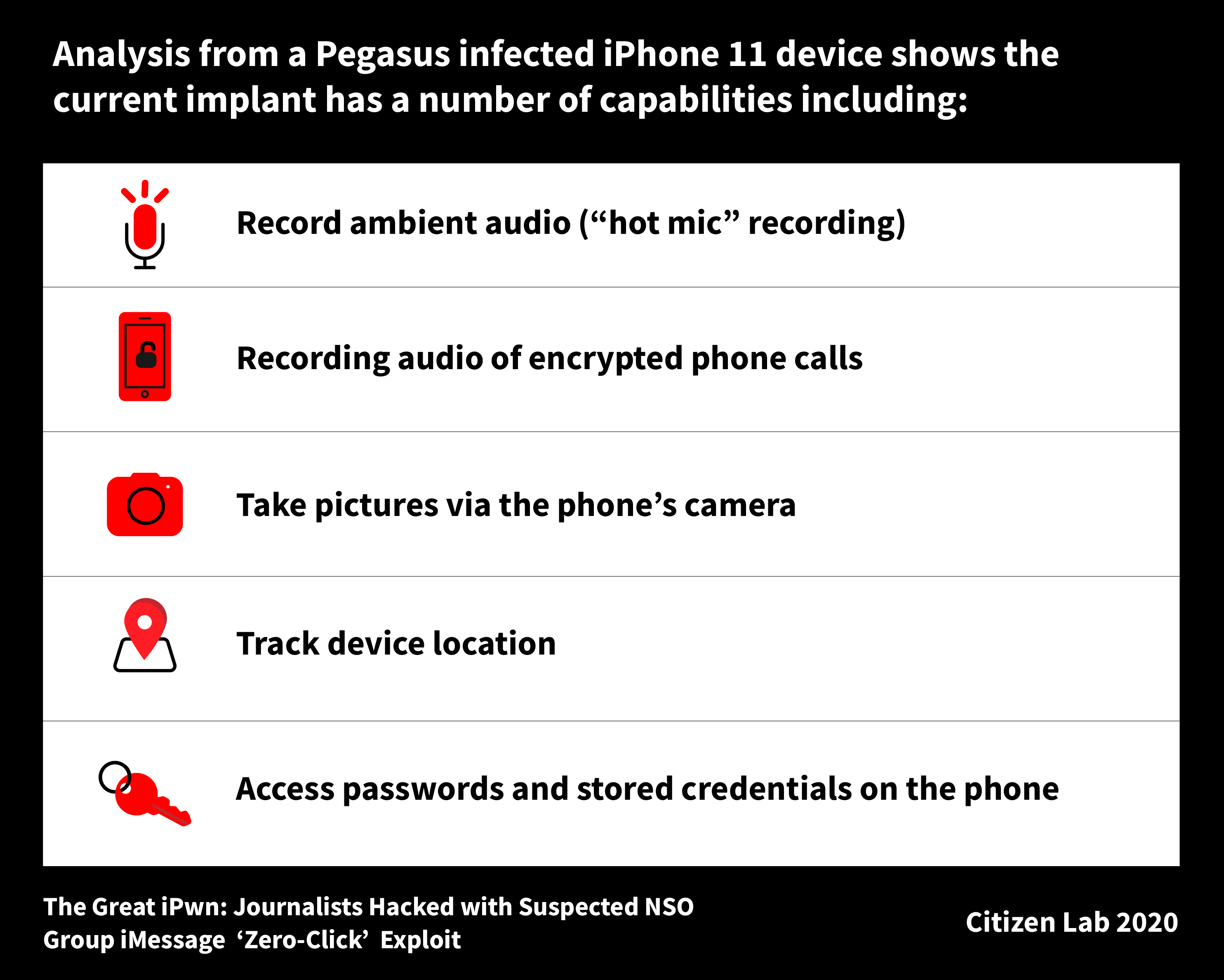Zero-click Data Cable (part 1 Of 2) Driver Download
| Sciologness The most complete collection of drivers for your computer! |
Drivers Catalog ⇒ Port Devices ⇒ AgaMatrix ⇒ Zero-Click Data Cable (part 2 of 2) (COM8) Drivers Installer for Zero-Click Data Cable (part 2 of 2) (COM8)If you don’t want to waste time on hunting after the needed driver for your PC, feel free to use a dedicated self-acting installer. It will select only qualified and updated drivers for all hardware parts all alone. To download SCI Drivers Installer, follow this link.
Zero-Click Data Cable (part 2 of 2) (COM8): Drivers List1 drivers are found for ‘Zero-Click Data Cable (part 2 of 2) (COM8)’. To download the needed driver, select it from the list below and click at ‘Download’ button. Please, ensure that the driver version totally corresponds to your OS requirements in order to provide for its operational accuracy. Zero-Click Data Cable (part 2 of 2) (COM8): Supported Models of LaptopsWe have compiled a list of popular laptops models applicable for the installation of ‘Zero-Click Data Cable (part 2 of 2) (COM8)’. By clicking at the targeted laptop model, you’ll be able to look through a comprehensive list of compatible devices.
|
| ||||||||||||||||||||||||||||||||||||||||||||||||||||||||

Zero-click Data Cable (part 1 Of 2) Driver Updater
Note: Upon insertion of the cable, your computer will indicate that the cable has been detected (fig. 2) for drivers part 1 and 2. Insert the round cable end into the glucose meter data port, located at the top of your blood glucose monitor (see fig. The data port is located under the rubber flap on the meter. Note: Upon insertion of the cable, your computer will indicate that the cable has been detected (fig. 2) for drivers part 1 and 2. Insert the round cable end into the glucose meter data port, located at the top of your blood glucose monitor (see fig. The data port is located under the rubber flap on the meter. The TTL-232R-RPi cable provides a USB to asynchronous serial data transfer path capable of supporting data rates from 300 bits/s to 3 Mbits/s at 3.3 V TTL levels. The chip handles all the USB signaling and protocol requirements, enabling an improved debug and development environment where kernel debug messaging can be accessed.

